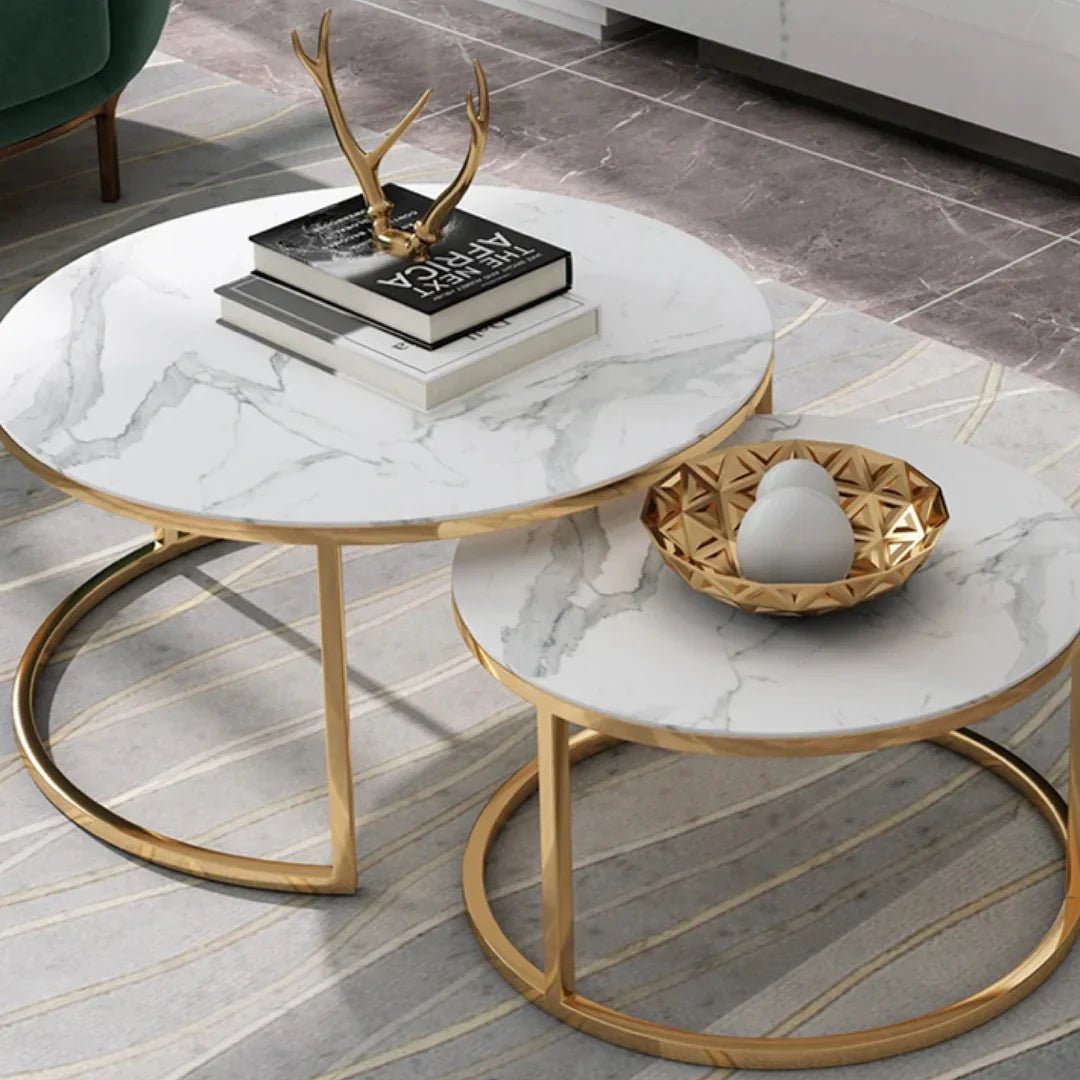Limestone, a sedimentary rock formed over millions of years, is celebrated for its subtle beauty, soft color palette, and wide-ranging architectural applications. From grand historical monuments to modern minimalist interiors, limestone remains one of the most sought-after natural stones in design. In this blog, let’s explore the origins, properties, and modern relevance of limestone surfaces, a material that continues to define elegance across eras.
A Gift from Earth’s Ancient Past
The formation of limestone is a testament to time itself. Composed mainly of calcium carbonate, it originates from the remains of marine organisms compacted over centuries. This slow geological process gives limestone its signature earthy tones and layered textures. While prominent quarries can be found in France, Turkey, Egypt, and Spain, each region imparts unique colorations and patterns to the stone.
Historical Significance of Limestone
Limestone has long held a revered place in architecture. The Pyramids of Egypt, the Parthenon in Greece, and countless European cathedrals were all constructed with this enduring material. Its strength, availability, and workable nature made it a preferred choice for both structural and ornamental use.
In more recent history, limestone has been employed in neoclassical buildings, luxurious mansions, and garden sculptures—always offering a balance of durability and refinement.
Limestone in Contemporary Design
Limestone’s neutral tones and understated elegance make it ideal for contemporary interiors. Designers gravitate toward its clean aesthetic and soft textures, incorporating it into everything from minimalist kitchens to spa-inspired bathrooms and outdoor living spaces.
Its versatility allows it to blend seamlessly with a wide range of design styles, including Mediterranean, Coastal, Farmhouse, and Japandi.
Key Properties of Limestone
Aesthetic Appeal:
Limestone offers a soft and calming aesthetic with shades ranging from ivory and sand to greige and charcoal. Its fine-grain surface often showcases subtle fossil marks and linear veining, contributing to its natural beauty.
Texture:
Limestone surfaces are typically smooth but can be finished in various textures—honed, brushed, or tumbled—depending on the design intent. While it’s less porous than travertine, limestone still benefits from sealing to prevent staining and wear.
Durability:
Limestone is moderately durable and can perform well in both residential and commercial spaces when properly sealed. Though softer than granite or quartzite, its timeless look and structural integrity make it a popular option for flooring, wall cladding, vanities, and fireplace surrounds.
Thermal Qualities:
One of limestone’s most impressive features is its ability to regulate temperature. Its natural coolness makes it an excellent flooring material in warm climates, and it pairs beautifully with radiant floor heating systems in colder regions.
Popular Limestone Colors and Variants
Limestone comes in an array of sophisticated tones, making it easy to find the right match for any interior palette. Here are some of the most desirable options:
-
Moonlight Limestone: A soft ivory limestone with warm undertones, ideal for serene and calming spaces.
-
French Vanilla Limestone: Known for its creamy beige hue, this stone adds warmth and elegance to both traditional and modern spaces.
-
Grey Turkish Limestone: Features a sleek, cool-grey tone with subtle veining—perfect for minimalist and urban-inspired interiors.
-
Jerusalem Gold Limestone: A golden beige limestone quarried in Israel, prized for its rich, warm tone and natural texture.
-
Antique White Limestone: A classic choice for rustic and vintage-inspired interiors with a chalky, aged finish.
Finishes and Formats
Limestone surfaces are available in a variety of finishes that dramatically alter their appearance and functionality:
-
Honed: Smooth and matte, ideal for interior floors, countertops, and bathrooms.
-
Brushed or Tumbled: Adds a natural, weathered texture for rustic charm, often used in outdoor pavers or feature walls.
-
Polished: Offers a more refined and glossy appearance, though it’s less common due to limestone’s naturally softer texture.
Limestone is typically offered in tiles, slabs, and pavers, accommodating a range of residential and commercial applications.
Modern Applications of Limestone
Limestone’s timeless charm lends itself to a wide range of design uses:
-
Kitchen countertops and islands
-
Bathroom vanities and wall cladding
-
Fireplace mantels and surrounds
-
Interior and exterior flooring
-
Outdoor kitchens and pool surrounds
Its neutral color palette acts as the perfect canvas for other textures and materials, making it a favorite among interior designers and architects alike.
Limestone Maintenance and Care
While limestone is durable, it does require regular maintenance to keep it looking its best. Sealing is essential to protect it from staining, especially in high-traffic areas or where food and water are present. Avoid harsh acidic cleaners and opt for pH-neutral stone cleaners to maintain the integrity of the surface.
A Stone for the Ages
Whether you're designing a modern space or restoring a classic home, limestone offers the perfect blend of natural beauty, durability, and understated luxury. Its connection to the earth, paired with its design flexibility, ensures that limestone remains not just a building material—but a design statement.
Looking to bring the natural elegance of limestone into your next project?
Explore our curated collection of limestone slabs, tiles, and furniture to find the perfect piece for your space.





